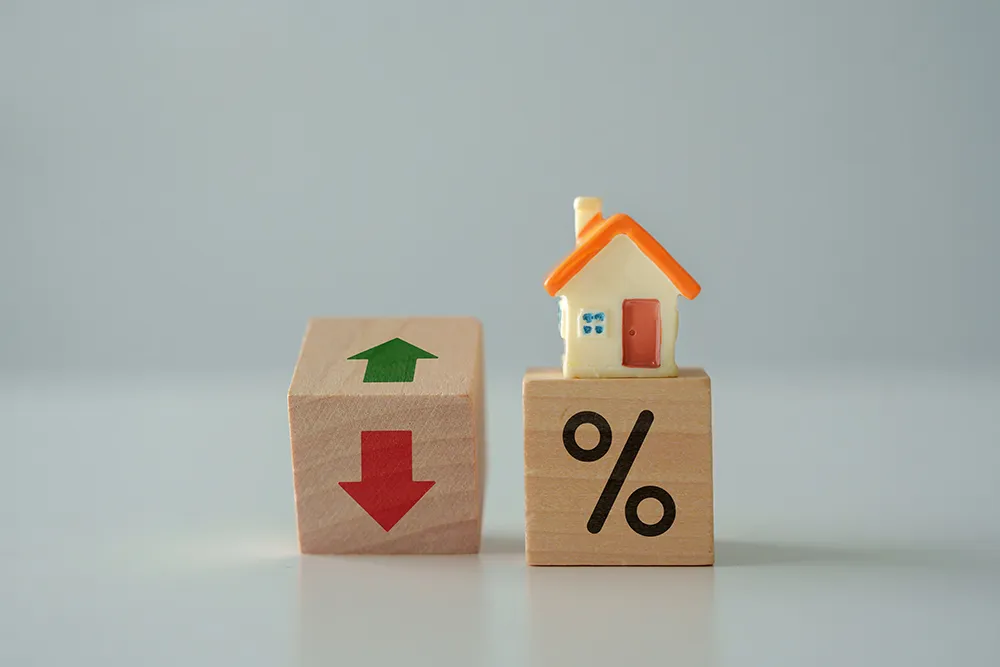
In these very worrying times, we all long to hear those three heartfelt words that can give us the reassurance we need, plus a warm, fuzzy feeling inside: business as usual.
‘BAU’ has become a rather irritating abbreviation, both used and misused by managers. In my experience it is a vain attempt to justify, or reassure that all is well with, one’s service.
What does the new ‘usual’ look like?
The new-homes sector is often a good barometer of both consumer and business attitudes towards homeownership, and a predictor of impending market trends. In contradiction of many commentators, I find that the industry in general is capable of a good degree of agility in its approach to both construction and sales.
During lockdown, the homebuilding industry protected sites for a period of inactivity and quickly turned attention to the many opportunities presented by digital marketing. This felt like a quantum leap for many homebuilders which, until very recently, had relied on fax machines; remember those?
Embracing this revolution in the marketing of new homes has clearly reaped benefits for early adopters with many now hungry for even more sophisticated technology to showcase their homes and interact with their buyers. This pace of change would never have occurred in a Covid-free world.
‘Covid buyers’
There are some mixed messages from homebuilders’ trading statements, often driven by different levels of both financial resilience and ability to change their business model. However, the common threads show there is strong demand from ‘Covid buyers’: a group consisting of buyers who have reappraised their housing needs, and/or their partner needs.
Does their current home feel tired following a period of forced incarceration when every flaw or outstanding repair has become exaggerated and a reason to move? Is outside space suddenly more valuable and appealing? Is working from home a long-term prospect and therefore a dedicated workspace is required?
Many commentators have reported over the years on the lack of mature homeowners moving house, and the resultant value in benign stock. It appears that the experience of lockdown, the welcome stamp duty holiday and a low interest rate environment have spurred many in this group to take the plunge and move.
These conditions have brought a marked change in the profile of buyers of new homes, with less reliance on first-time buyers and an increase in second-steppers and homemovers. The lack of high-LTV products in the marketplace will have undoubtedly impacted FTBs, a situation created due to uncertainty on the direction of prices and, most importantly, the real challenges that mortgage lenders face in being able to process volumes of business while protecting their colleagues. I know that many lament the days of quoting BAU as we used to know it.
House prices continue to grow, fuelled by demand, in a strong act of defiance of all the lock-down predictions that forecast prices falling by circa 5 per cent in 2020.
We, and the providers of our new homes, cannot be complacent. It is very difficult to see, amid the demand from Covid buyers, what the core market demand really looks like, and to plan our respective businesses accordingly for the medium and long terms.
I am heartened by positive noises from the various national governments on plans to support the housing sector, through higher-LTV mortgages, FTB initiatives, long-term fixed rates, new-home quality, shared-ownership accessibility, planning changes and no doubt more. These plans, if delivered in the right way, will help to underpin the core of the market and, you never know, we may see the emergence of what we start to recognise, and accept, as BAU.
Mobeen Akram is national new homes account director at Mortgage Advice Bureau



